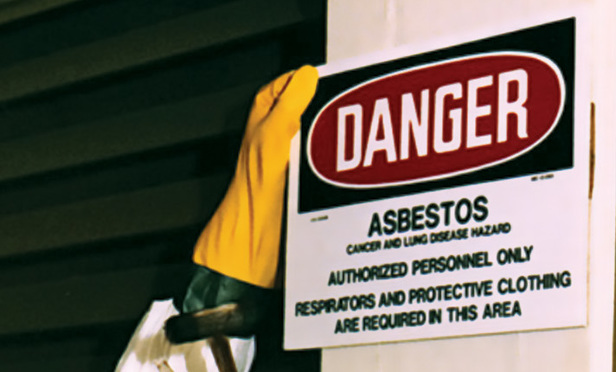For years, practitioners and courts in several jurisdictions have actively debated the existence and scope of duty that may be owed by product manufacturers and premises owners to persons exposed to asbestos fibers brought home on the work clothing of family members. The introduction of secondary or “take-home” exposure claims has extended asbestos litigation to a new generation of potential plaintiffs and has premises and manufacturing defendants reeling over the concept that duty of care may now extend to unknown persons who have never stepped foot on a worksite or used an asbestos-containing product. Thus, it comes as no surprise that these “take-home” claims and the extension of duty from the worksite into the family home have been the subject of much litigation and disagreement among trial and appellate courts, not only over the legal viability of the claim itself, but also difficult issues such as defining the scope of duty and identifying potential plaintiffs based on familial relationships.
For example, in New Jersey, the Supreme Court in Olivo v. Owens-Illinois, Inc., 186 N.J. 394 (2006), ruled that premises owners owe a duty to spouses based on the foreseeable risk of exposure from asbestos fibers brought home on work clothing. The Court of Appeals of Maryland, however, decided that product manufacturers owe no duty to take-home plaintiffs because the dangers of asbestos exposure were not known until at least 1972, and as such, the dangers of take-home exposure could not have been foreseeable before this time. See Georgia Pacific v. Farrar, 432 Md. 523 (Md. Ct. App. 2013). New York, on the other hand, has framed the debate differently, focusing primarily on the existence of a duty, rather than the foreseeability of harm. In Matter of NYC Asbestos Litigation, 5 N.Y.3d 486 (N.Y. Ct. App. 2005), the state’s highest court declined to extend an employer’s duty to provide a safe workplace to the spouse of an employee, because, as a threshold issue, this would open up property owners to potential “limitless liability” for exposure that occurred off-site and to persons with whom the employer does not have a relationship.
This content has been archived. It is available through our partners, LexisNexis® and Bloomberg Law.
To view this content, please continue to their sites.
Not a Lexis Subscriber?
Subscribe Now
Not a Bloomberg Law Subscriber?
Subscribe Now
LexisNexis® and Bloomberg Law are third party online distributors of the broad collection of current and archived versions of ALM's legal news publications. LexisNexis® and Bloomberg Law customers are able to access and use ALM's content, including content from the National Law Journal, The American Lawyer, Legaltech News, The New York Law Journal, and Corporate Counsel, as well as other sources of legal information.
For questions call 1-877-256-2472 or contact us at [email protected]






